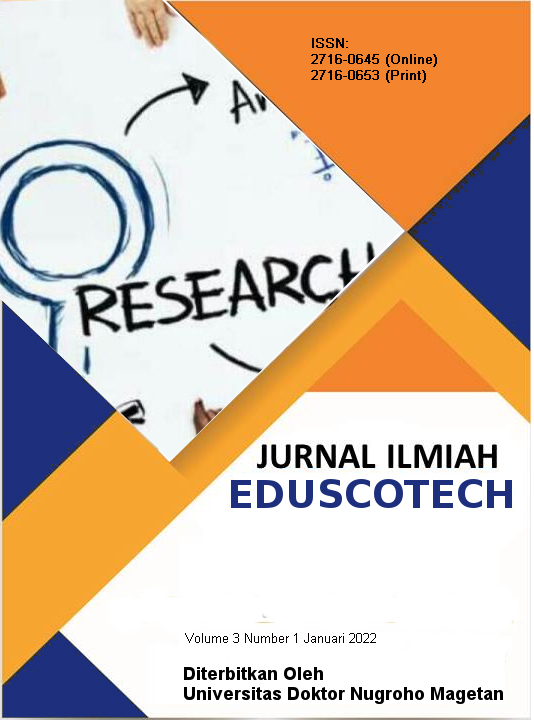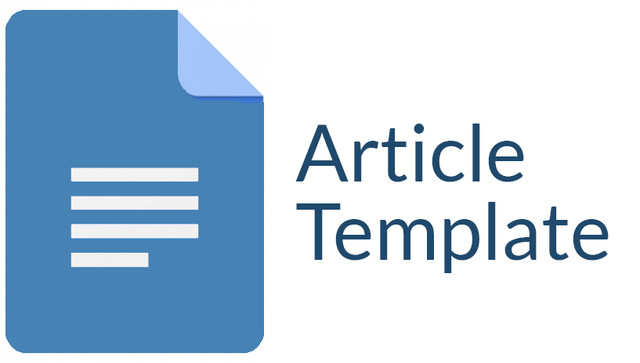Pengembangan Ketrampilan Sosial Anak melalui Kegiatan Bermain Balok Berkelompok di PAUD Pelita Magetan
Keywords:
social skills, block play, early childhood, group activitiesAbstract
This research aims to develop children’s social skills through group block play activities at PAUD Pelita Magetan. The method used was Classroom Action Research (CAR) carried out in two cycles, each consisting of planning, action, observation, and reflection stages.
The subjects of this study were 18 children in group B aged 5-6 years. Instruments used included observation sheets, anecdotal notes, documentation, and teacher interviews. The results of the study showed that group block play significantly improved children’s social skills, including cooperation, sharing, communication, and conflict resolution. This activity provided meaningful and enjoyable social experiences for children and strengthened peer relationships in a setting that supports early childhood social development.
Downloads
References
Depdiknas. (2003). Undang-undang Republik Indonesia No. 20 Tahun 2003 tentang Sistem Pendidikan Nasional. Jakarta: Depdiknas.
Goleman, D. (2000). Kecerdasan Emosional. Jakarta: Gramedia. Hurlock, E. B. (1990). Perkembangan Anak. Jakarta: Erlangga.
Mayasari, R. (2020). Peningkatan Kemampuan Sosial Emosional Anak Melalui Permainan Tradisional. Jurnal Pendidikan Anak Usia Dini, 5(1), 33-42.
Piaget, J. (1951). Play, Dreams and Imitation in Childhood. New York: Norton.
Vygotsky, L. S. (1978). Mind in Society: The Development of Higher Psychological Processes.
Cambridge, MA: Harvard University Press.
Zulfitria, F. & Fadhila, D. (2022). Pengaruh Bermain Peran terhadap Keterampilan Sosial Anak Usia Dini. Jurnal PAUD Kreatif, 6(2), 55-64.
Downloads
Published
Issue
Section
License

This work is licensed under a Creative Commons Attribution-ShareAlike 4.0 International License.
Authors who publish with this journal agree to the following terms:
1. Copyright on any article is retained by the author(s).
2. The author grants the journal, right of first publication with the work simultaneously licensed under a Creative Commons Attribution License that allows others to share the work with an acknowledgment of the work’s authorship and initial publication in this journal.
3. Authors are able to enter into separate, additional contractual arrangements for the non-exclusive distribution of the journal’s published version of the work (e.g., post it to an institutional repository or publish it in a book), with an acknowledgment of its initial publication in this journal.
4. Authors are permitted and encouraged to post their work online (e.g., in institutional repositories or on their website) prior to and during the submission process, as it can lead to productive exchanges, as well as earlier and greater citation of published work.
5. The article and any associated published material is distributed under the Creative Commons Attribution-ShareAlike 4.0 International License









